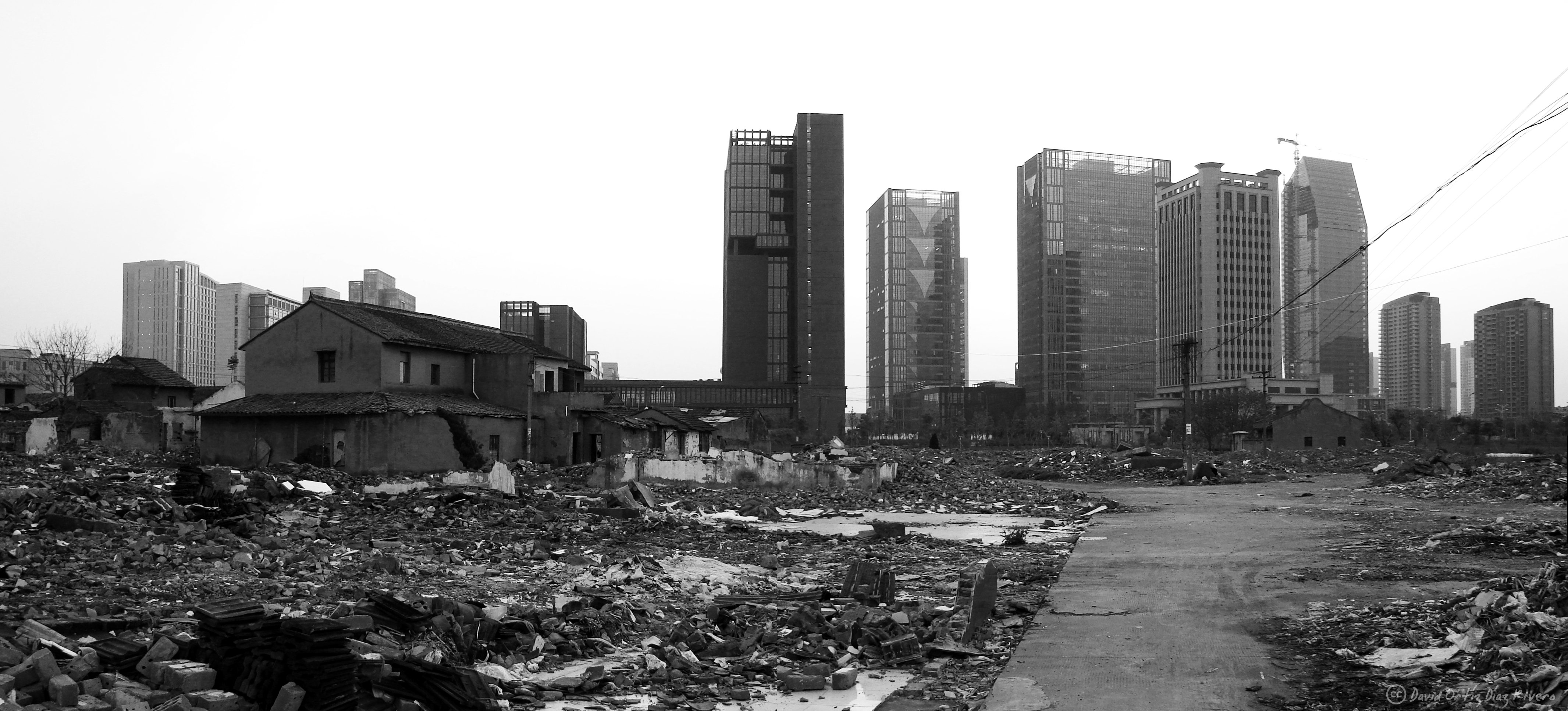What’s the buying power of a dollar-a-day really worth? Overall winner of the 2018 Trinity College Dublin and developmenteducation.ie Development Issues series, Michael Morigi, explores the question of a dollar’s worth through Kendrick Lamar’s music, overseas aid statistics and from his life in the US.
Track eleven on American rapper Kendrick Lamar’s critically acclaimed album To Pimp a Butterfly is a song titled “How Much a Dollar Cost”. In the song, Kendrick explores many different topics, such as: charity, fame, wealth and religion. Essentially, the song talks about a transformative interaction Kendrick had with a beggar in South Africa.
Whenever I hear this song, I too self-reflect. A few days ago, it came up on shuffle and made me think again.
This time, for some reason, my mind wandered to development – specifically, how my life in the US and my education shaped my perceptions of development, poverty and the impact of foreign aid.
This is going to sound weird, but I am going to start with TV.Growing up, I remember seeing ads for charities or non-profit groups on TV. At the end – after the sad music and pictures of frowning children – they would suggest that with a donation of 50 cents a day, they can buy mosquito nets, provide food, build schools, etc. Despite the relative insignificance of a contribution when put in those terms, I have never picked up the phone. I’ve volunteered and given money at church before, but the question remains: why not this donation as well?
Maybe it is because I (somewhat rightly) feel my single contribution is insignificant. In 2016, the US gave $33.5 billion in overseas development assistance, $8 billion more than any other country. USAID (United States Agency for International Development) represents an additional $15.4 billion in 2017. The question then arises: does this money do anything? The data suggests these massive investments by the developed world have paid off.
In a UN blog post reflecting on the progress of the UN’s eight Millennium Development Goals by 2015, only 1 per cent of the world’s population now lives in extreme poverty compared with 5 per cent in 1990. Child mortality rates have fallen by more than 50 per cent since 1990, and 2.6 billion people have gained improved access to drinking water. It is debatable how much of this progress was solely thanks to aid, but nonetheless there has been significant improvement.
However, every new civil war, epidemic or famine that dominates the headlines dampens my own perceptions of the progress being made.
On a day to day basis, I unconsciously just think that development has stagnated – especially in Sub-Saharan Africa; I do not think these generalizations are unique to me. Maybe this is a cultural thing: Americans do tend to overestimate the percentage of the US budget going towards aid, as Steven Kull’s research and opinion poll analysis for the Brookings Institution in 2017 shows.
Yet a general lack of knowledge on the progress (Kull coins this as ‘an array of doubts’) being made and how aid is utilised may also reflect an understandable concern primarily with one’s self or one’s close relations instead of an unknown person/nation. In a way, this is where the cold, rational aspect of economics shine (for the record, I am an economics major).
Working class families, such as mine, have a vested interest in our own survival and thriving. Distant peoples or organisations might not be enough of an incentive to give more resources than we already do on a usual basis or to learn more about an issue. Sometimes, people just simply have more pressing, immediate and consequential issues to worry about. If technology is threatening your job, or if you can’t make ends meet, you probably aren’t thinking about how have African countries fared over the last twenty years.
So how does this relate to the song? The song made me think – how much does a dollar really cost? For some, it could be life-changing. For me, it’s a can of Coke…a few years ago. Yet regardless of what it costs to me now, part of the reason why I am taking this course in TCD is to learn how to help get those that impoverished that dollar and maximize its usefulness for them.
I looked at him and said, “Every nickel is mines to keep”
– Kendrick Lamar (2015)
- Photo: Dev-elopment/astation by Hipnos (CC-BY-SA) via Flickr, June 24 2008.
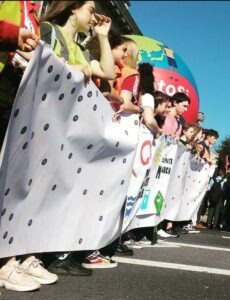
Calling Post Primary Teachers – Survey Participation Request
Your voice is vital in shaping the future of education for sustainable development in Ireland. Join a national survey for post primary teachers in October, led by DCU researcher Valerie Lewis
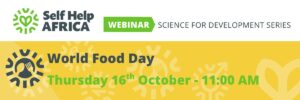
Webinar: Science for development on World Food Day
The webinar will feature YSTE projects, from Santa Sabina Dominican College (Dublin), Moate Community School (Westmeath) and CBS Thurles that focussed on nutrition and better food production, with Self Help Africa’s nutrition and gender specialist in Ethiopia, Sara Demissew.
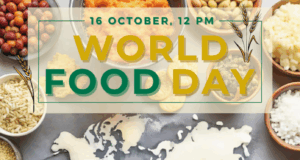
Student & teacher webinar: Food, hunger and SDG 2
Join the World Food Day webinar for post primary school students and teachers which will explore SDG 2, hunger in today’s world and how you can make a difference locally and globally.

Beth Doherty: Youth Activism and the Climate Crisis
From School Strikes to Global Climate Talks The latest episode of the Irish Global Solidarity in 100 Objects podcast features Beth Doherty, climate activist and

Mary Lawlor: Defending Human Rights Defenders
A Conversation with the UN Special Rapporteur for Human Rights Defenders The latest episode of the Irish Global Solidarity in 100 Objects podcast features Mary
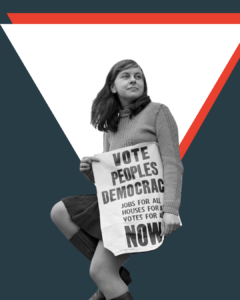
Irish Women in Activism and Advocacy
Explore inspiring stories of Irish women in activism and advocacy who have fought for human rights, social justice, and equality at home and abroad

